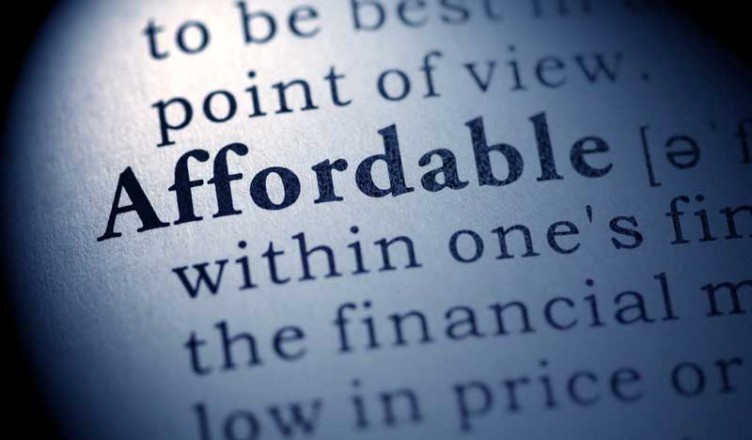One of the most convenient ways to make sure that your business cash flow is adequate is to consider invoice factoring. Sometimes called accounts receivable factoring, invoice factoring is used as a sort of advance loan on your invoices. If you are looking for a way to keep cash coming in so that you can continue your business activities while awaiting payment on invoices, accounts receivable factoring can be a way to do this. However, you need to consider your options before choosing a factoring partner so that you end up with an arrangement that suits you.
How invoice factoring works
When you provide goods or services, you issue an invoice, and the customer pays this invoice. However, you have already incurred the expenses associated with providing the goods and services, and you will not receive payment for it for anywhere between two weeks and three months, depending on when the customer pays, and how much time the invoice gives them. This can create a cash crunch while you wait to get paid so that you can move on to the next order, paying your own suppliers and your company personnel.
In order to get the cash you need up front, you can take your accounts receivable invoices to a factor. A factoring partner will offer you an upfront payment for the invoices, and then collect on the invoices. The cost of factoring is usually a percentage (between usually between 2% and 10%, but often around 5%) of the gross invoice. So, the factor will offer you a portion of the face value of the invoice up front, and then wait for the invoice to be paid. Once the invoice is paid, the factor takes out the fee, and then gives you the remainder. Here is an example of how it works:
- You invoice a customer for $5,000.
- Instead of waiting for payment in 60 days, you take the accounts receivable invoice to a factoring partner charging 5%.
- The factor gives you 85% of the face value of the invoice up front, or $4,250.
- You take the cash and use it for your business needs.
- The customer pays the invoice to the factoring partner.
- The factor figures that you have already been paid $4,250 of the invoice, leaving $750.
- 5% of the original $5,000 is $250, so the factor keeps that as a cost of factoring, and returns the remaining $500 to you.
- Once a customer has been approved for factoring, you can continue this arrangement with their future invoices, without re-applying.
Recourse Factoring vs. Non-Recourse Factoring
When deciding on a factoring partner, you need to consider your options. One of the issues that can decide the cost of factoring depends on whether or not you go with recourse factoring or non-recourse factoring. Carefully consider your options before you decide:
- Recourse factoring: In this type of accounts receivable factoring, you are liable if a customer doesn’t pay the invoice. This means that if your customer doesn’t pay the invoice, the factoring partner can come to you to recover the money. Recourse factoring is a bigger risk to you as a business owner, so you can usually get more of the invoice up front, or see a small fee charged by the factor. It costs less to you for financing, but if something goes wrong with an invoice, you have to repay the money.
- Non-recourse Factoring: With this type of factoring, the factoring partner assumes the risk for unpaid invoices. Once you enter into the agreement and get your advance, the invoice is solely the responsibility of the factor. The factor can’t come to you in order to recoup the losses. As a result, this type of factoring can result in a higher fee for the factor, or a lower amount of money paid up front so that the factor can reduce risk exposure.
In many cases, factoring companies choose one type of financing, and then the cost of factoring is uniform across borrowers. However, an increasing number of factoring companies are offering both types of agreements, and you can choose which suits you best. It is a good idea to do your homework before hand, deciding which type would work best for you business, and then working with a factoring partner that fits your needs in terms of flexibility and affordability.





